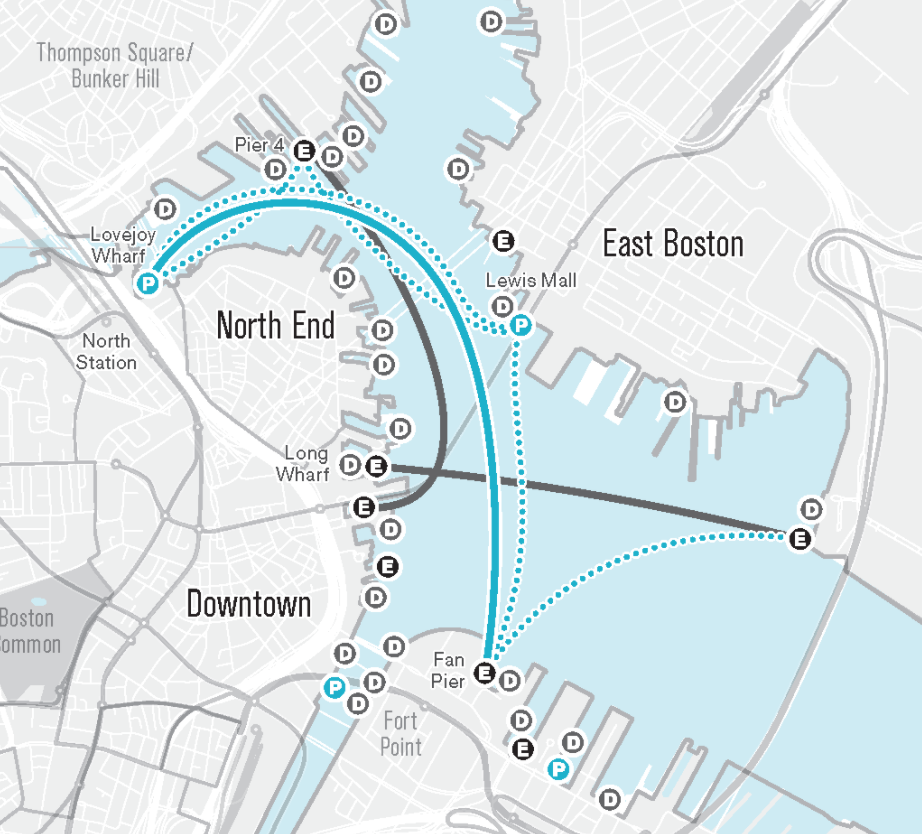FenwayResident
Active Member
- Joined
- Jul 17, 2013
- Messages
- 760
- Reaction score
- 3
The Boston Globe article quotes multiple black people saying "I don't feel welcome there." referring to the Seaport. I don't remember if it was in the article or a comment on it, but one black person said he was at a social event there, dressed very nicely, and was mistaken as a valet, and it wasn't the first time this has happened. So clearly, something is off with the Seaport (as it is with other parts of Boston as well....)
That specific situation sucks, and the guy who mistook him for a valet is an ass, but I could honestly see that happening anywhere in the country. It's not a Seaport specific problem. Nor is it an issue that could be fixed with any sort of public process or government involvement.


